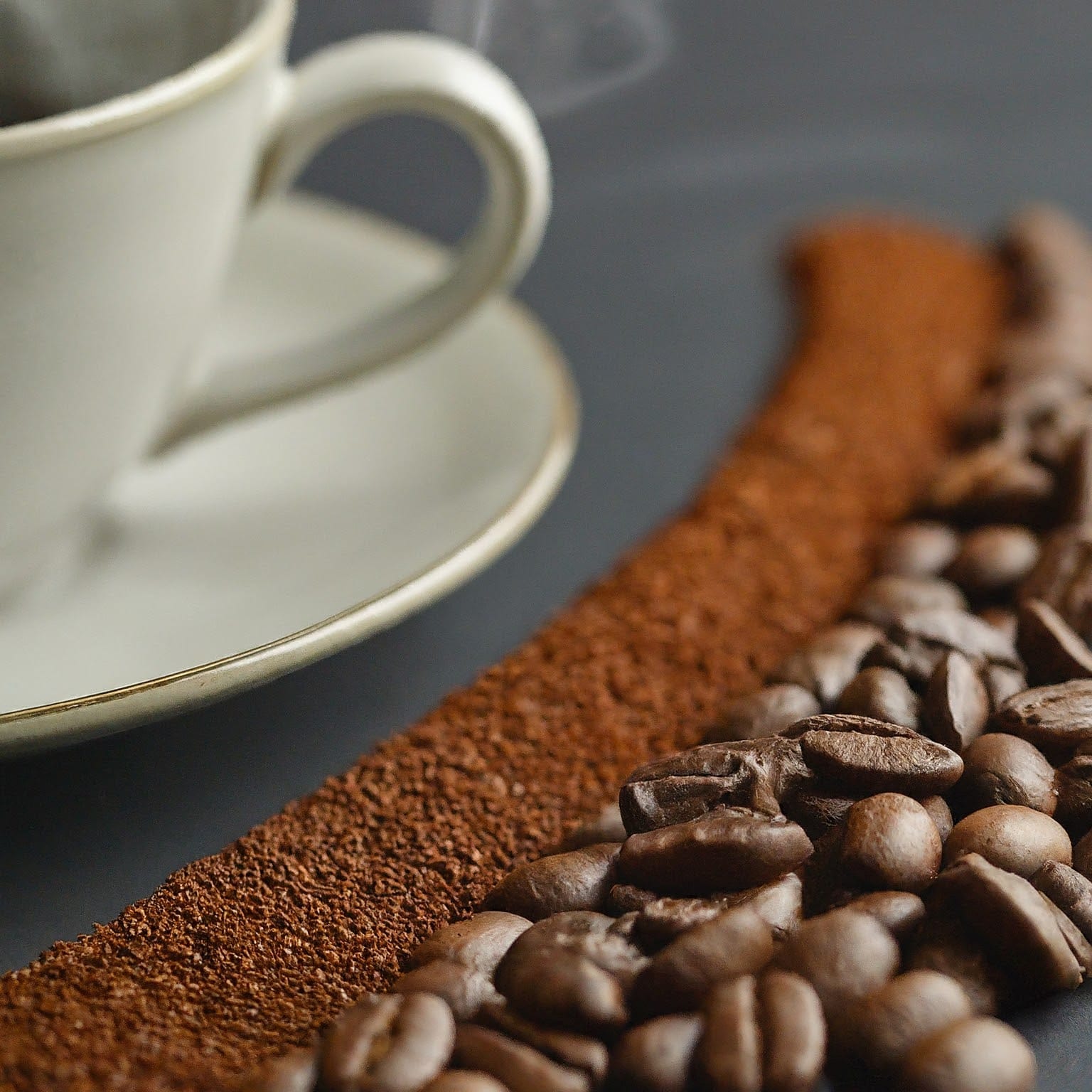You’ve explored the world of brewing methods, but exceptional coffee requires more than just technique. It’s about understanding the essential ingredients and how they interact to create those delightful flavors you love.
Think of it like baking a cake: having the right recipe (method) is important, but using fresh ingredients and understanding their roles is what truly elevates the final result.
In this article, we’ll unlock the secrets of the “holy trinity” of coffee brewing: Beans, Water, and Grind. Mastering these three fundamentals is like having the keys to the coffee kingdom, allowing you to brew consistently delicious coffee at home.
Beans: The Flavor Foundation
Imagine your coffee beans as tiny flavor capsules, each holding a unique blend of aromas and tastes waiting to be unlocked. Choosing the right beans and keeping them fresh is crucial for brewing a delicious cup:
- Freshness: Coffee beans are at their peak flavor soon after roasting. Think of them like freshly baked bread—they’re most delicious when enjoyed soon after they’re made. Look for beans with a roast date (not just a “best by” date) and aim to use them within two to three weeks of roasting.
- Whole Bean vs. Pre-ground: Buying whole bean coffee is like buying fresh spices—the flavor is more vibrant and intense when you grind them right before use. Pre-ground coffee, on the other hand, is like using pre-packaged spices—it’s convenient but may have lost some of its original flavors. Invest in a grinder and grind your beans just before brewing for the freshest, most flavorful cup.
- Storage: Just like you wouldn’t leave bread out in the open to go stale, you need to store your coffee beans properly to preserve their freshness. Think of your beans as delicate treasures that need protection from air, moisture, light, and heat. Store them in an airtight container in a cool, dark place.
- Origin and Variety: Just as different regions are known for different culinary specialties, different coffee origins offer unique flavor profiles. Ethiopian coffees, for example, are often described as fruity and floral, while Sumatran coffees might have earthy and spicy notes. Exploring different origins and varieties is like taking your taste buds on a global adventure.
- Roast Level: Imagine roasting coffee beans like toasting bread—the longer you toast it, the darker and more intense the flavor becomes. Lighter roasts highlight the bean’s origin characteristics, while darker roasts offer bolder, more intense flavors. Experiment with different roast levels to find your perfect match.
Water: The Unsung Hero of Your Brew
Imagine trying to paint a masterpiece with muddy water. The colors would be dull, and the details would be lost, right? The same goes for coffee! Water makes up over 98% of your final cup, so using the right kind of water can make or break your coffee experience.
Think of water as the stage for your coffee beans’ flavor performance. You want that stage to be clean and clear, allowing the complex flavors to shine through.
- Water Type: Tap water often contains chlorine and other minerals that can clash with the delicate flavors of your coffee, creating a “muddy” or muted taste. Using filtered water is like cleaning the stage before the performance, ensuring that the spotlight is on your coffee’s true flavor profile.
- Water Temperature: Just like Goldilocks and her porridge, the water temperature for brewing coffee needs to be “just right.” Too hot, and you risk scorching the coffee, creating a bitter and unpleasant taste. Too cold, and you won’t extract all those lovely flavors and aromas. The ideal brewing temperature is between 195-205°F (90-96°C). Using a thermometer is like having a backstage pass to ensure your water is the perfect temperature for a stellar performance.
- Starting with Cold Water: You might be wondering why we emphasize starting with cold water. It’s simple! Cold water has more dissolved oxygen, which helps extract those delightful coffee flavors more effectively. Think of it as giving your coffee beans a refreshing oxygen boost before their big performance. Plus, using cold water ensures that your water isn’t picking up any unwanted flavors from your pipes or water heater.
By paying attention to your water, you’re setting the stage for a truly delicious coffee experience!
Grind: The Key to Extraction
Imagine trying to unlock a treasure chest with the wrong key. You might struggle, force it, or even damage the lock. The same principle applies to coffee brewing! Grind size is like the key that unlocks the flavor from your coffee beans. It determines how quickly water extracts those precious flavors and aromas.
Just as you wouldn’t use a hammer to open a delicate jewelry box, you need to use the right grind size for your chosen brewing method:
- French Press: A coarse grind, like coarse sand, is ideal for the French press. Since the coffee steeps in water for an extended time, a coarse grind prevents over-extraction and bitterness.
- Pour Over: A medium-fine grind, similar to table salt, is perfect for pour-over methods. This grind size allows for a controlled extraction and a balanced cup, highlighting the nuanced flavors of your beans.
- AeroPress: The AeroPress is versatile and can accommodate a range of grind sizes, but a medium-fine grind is a good starting point. You can experiment with finer or coarser grinds depending on your preferred brewing time and flavor intensity.
Invest in a Burr Grinder!
Pre-ground coffee often has inconsistent particle sizes, leading to uneven extraction and a muddled flavor profile. A burr grinder, on the other hand, crushes the beans consistently, creating uniform grounds that extract evenly. It’s like having a set of precision tools for your coffee brewing, allowing you to customize your grind size for optimal results.
Think of it this way: a burr grinder is like having a variety of paint brushes to create a masterpiece. Different grind sizes are like different brushstrokes, allowing you to extract a spectrum of flavors and aromas from your beans.
Remember, coffee brewing is a journey of discovery! By understanding the importance of grind size, you’ll unlock a whole new level of control and creativity in your coffee brewing adventures.
The Perfect Harmony
When you combine high-quality beans, filtered water, and the perfect grind size for your chosen brewing method, you create a symphony of flavor in your cup. Each element plays a crucial role in extracting the full potential of your coffee beans.
Up Next: Seed 103: III. Brewing Ratios: The Key to Delicious Coffee
Now that you’ve grasped the importance of fresh beans, good water, and the perfect grind, let’s delve into the world of coffee ratios! Just like a delicious recipe relies on the right proportions of ingredients, brewing coffee involves a specific ratio of coffee grounds to water. In our next article, Seed 103: III. Brewing Ratios: The Key to Delicious Coffee, we’ll explore the magic of ratios, how they influence coffee strength and flavor, and equip you with the knowledge to fine-tune your brews to your personal preference. Get ready to unlock a whole new level of control and creativity in your coffee brewing adventures!





No Comment! Be the first one.